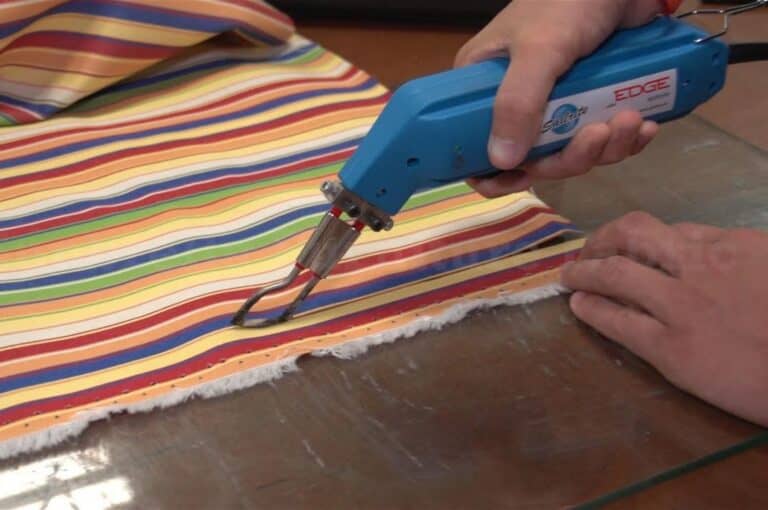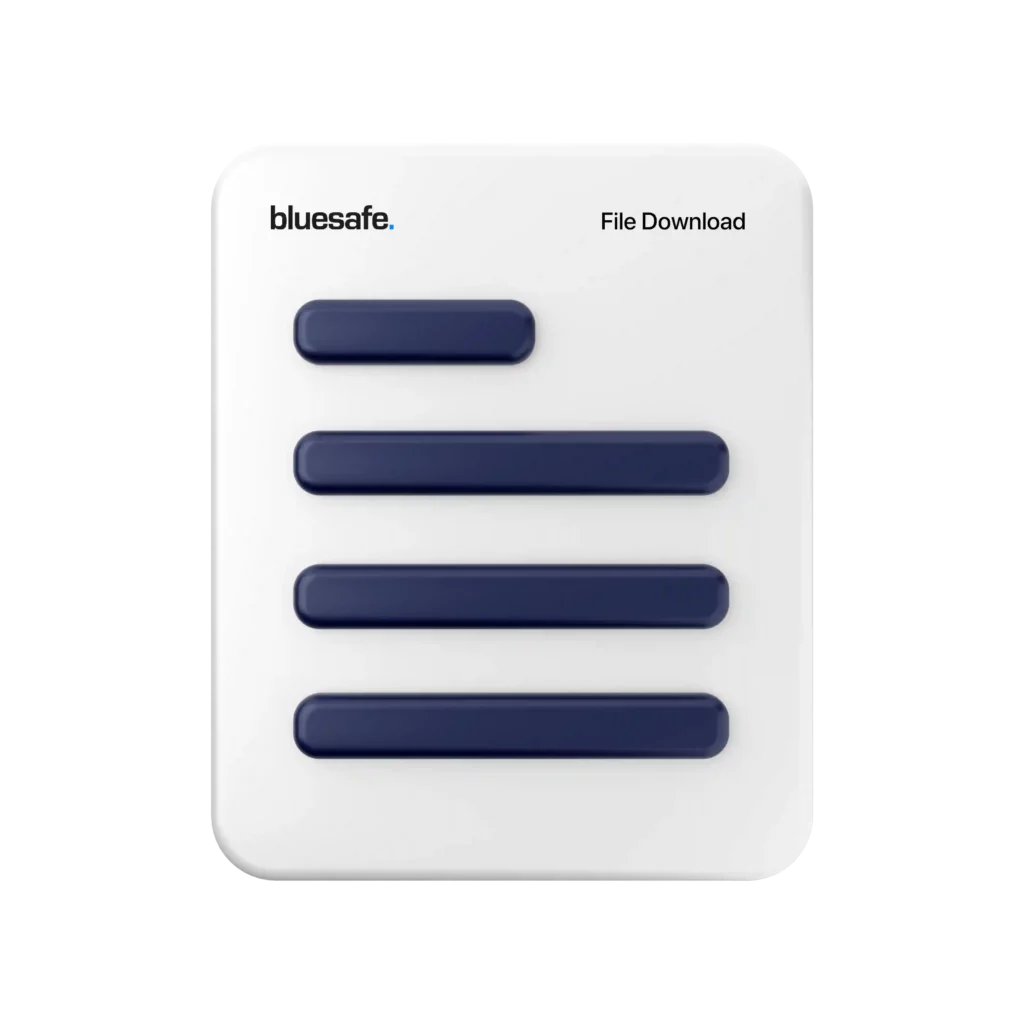So, let’s dive in and talk about some of the best practices for revising and maintaining your SWMS.
First and foremost, you need to make sure that your SWMS is comprehensive and covers all of the risks associated with the work you’re doing. This means taking the time to carefully assess the hazards and risks involved in each task, and then outlining the steps that need to be taken to mitigate those risks. And don’t forget to involve your team in this process! They’re the ones who are actually doing the work, so they’ll have valuable insights into the risks involved.
But creating a comprehensive SWMS is only the first step. You also need to make sure that your SWMS stays up-to-date and relevant as your work evolves. This means reviewing and revising your SWMS regularly, and making sure that any changes to your work processes are reflected in the document.
So, how often should you be reviewing and revising your SWMS? Well, that really depends on the nature of your work. If you’re doing high-risk work that involves constantly changing conditions, you might need to review and revise your SWMS on a daily basis. But for most businesses, a quarterly review should be sufficient.
During your review process, you should be looking for any changes in your work processes, any new risks that have emerged, and any gaps or inconsistencies in your SWMS. You should also be making sure that your team is aware of any changes to the SWMS, and that they understand their roles and responsibilities when it comes to following the SWMS.
Another important aspect of maintaining a relevant SWMS is training. You need to make sure that your team is trained on the SWMS, and that they understand the risks associated with their work and the steps that need to be taken to mitigate those risks. This includes providing regular refresher training and making sure that new team members are properly trained before they start work.
In addition to regular training, you should also be conducting regular audits of your SWMS to make sure that it’s being followed correctly. This means checking that your team is following the steps outlined in the SWMS, and that they’re using the correct equipment and PPE. You should also be looking for any gaps in your SWMS that might be leading to unsafe work practices, and addressing those gaps as quickly as possible.
Finally, you need to make sure that your SWMS is easily accessible to your team. This means making sure that it’s stored in a location where it can be easily found, and that everyone on your team knows where to find it. You might also want to consider using digital tools to make your SWMS more accessible and easy to use.
So, there you have it, my friends: some of the best practices for revising and maintaining your SWMS. Remember, your SWMS is a critical tool for keeping your team safe, and it’s up to you to make sure that it stays up-to-date and relevant. So, take the time to review and revise your SWMS regularly, train your team on the risks associated with their work, conduct regular audits, and make sure that your SWMS is easily accessible. And most importantly, stay safe out there!
Cheers,

![]()







